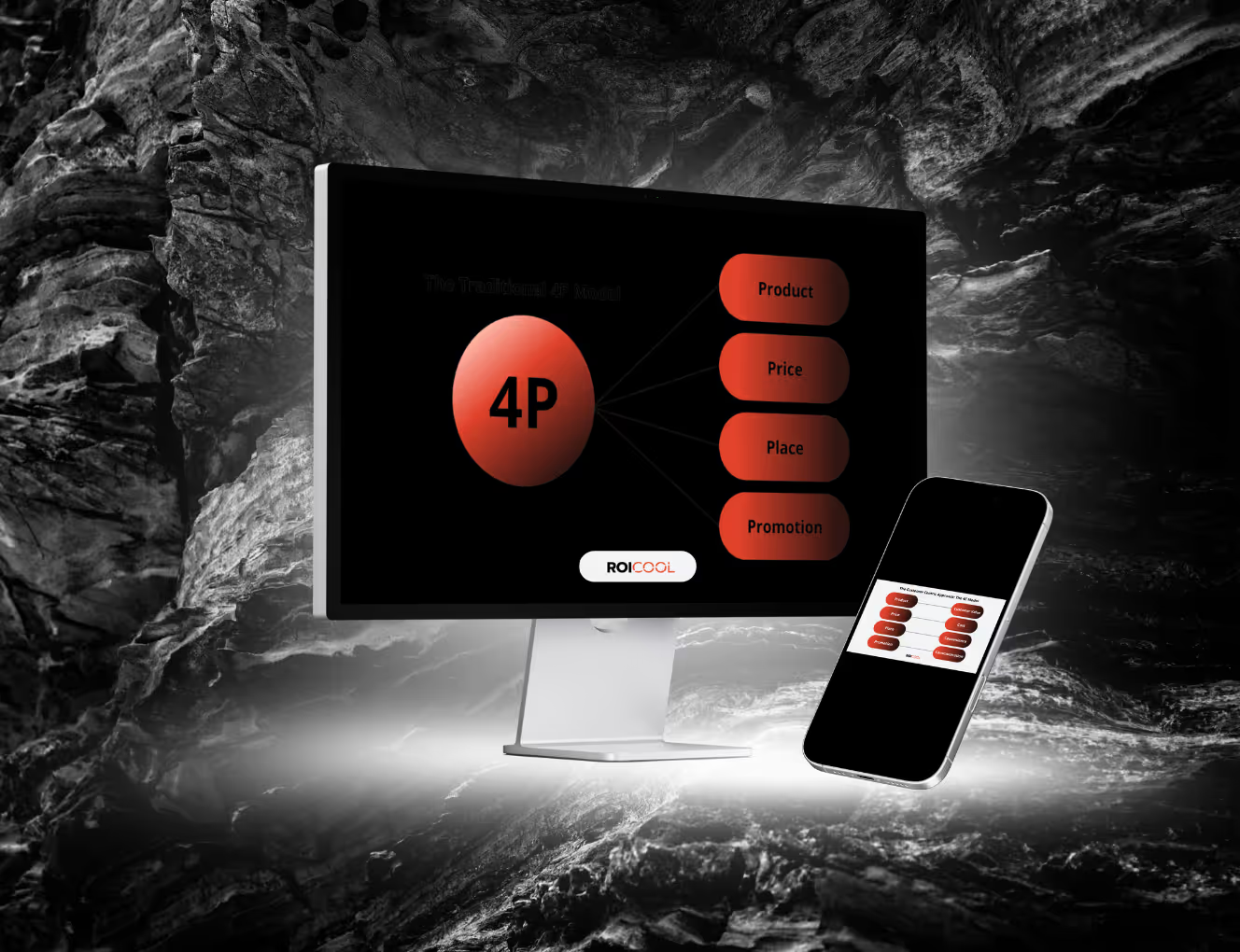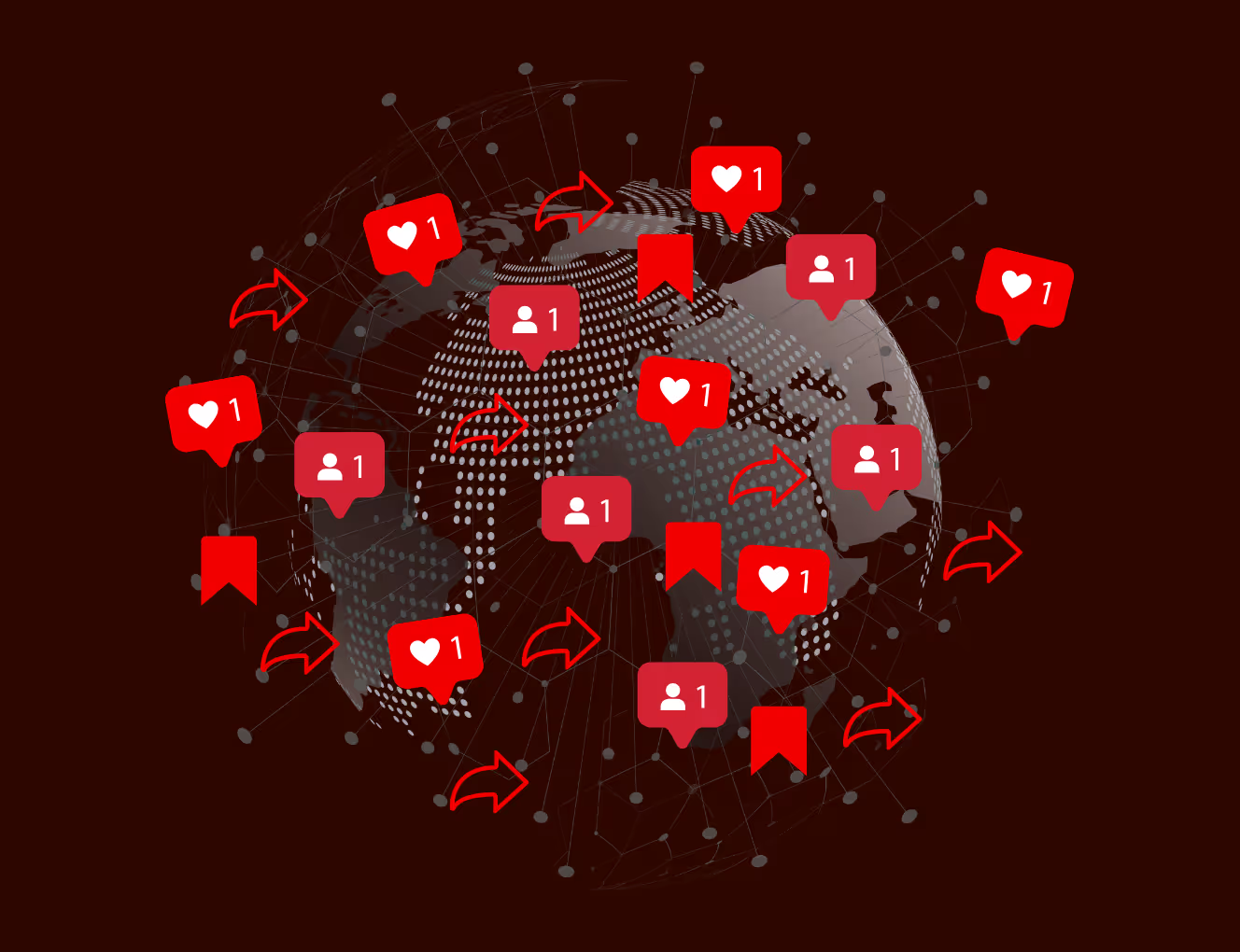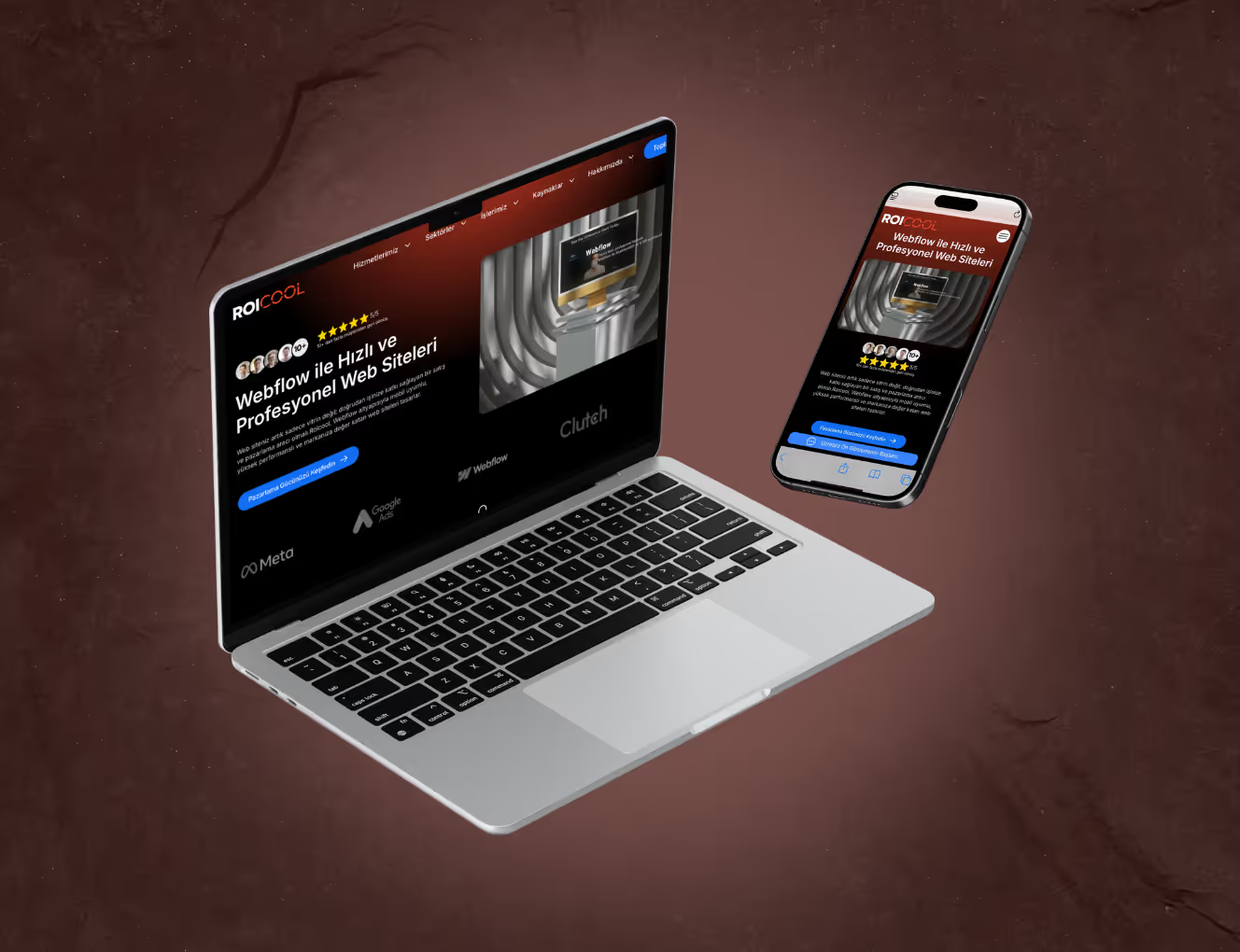The success of digital marketing campaigns is directly related not only to the tools you use or the budgets you allocate, but to how deeply you understand your target audience. At the heart of this effort to understand is one of the most critical concepts of digital strategy: persona. Well, exactly What is Persona and why should it form the basis of every digital step you take?
In short, a persona is a data-driven, semi-fictional character that embodies your brand's ideal customer profile. But this definition is just the visible face of the iceberg. A properly crafted persona goes far beyond a simple user profile; it is a living compass that shapes all of your brand communication, from content strategy to product development, advertising texts to customer service language. It's an invisible guide that replaces predictions, eliminates assumptions, and makes your strategy speak directly to data.
What is Persona in its details and why is it so vital?
In strategic marketing What is Persona The answer to the question is the formula for reaching the right people in the noise of the digital world, with the right message and at the right time. The mistake that many brands make is to limit the persona only to demographic information such as age, gender, location, ignoring its power. A true persona analysis also adds the psychographic characteristics of your target audience on top of these basics:
- Needs and “Pain Points”: What problem is your client looking for a solution to in their daily life or business? What doesn't put him to sleep at night?
- Behavior Patterns: How does he use the Internet? What channels (Google, social media, forums) does he prefer to access information? Does it use a mobile device or desktop?
- Motivations and Objectives: What does he aim to achieve in his life using your product or service, what goal does he aim to achieve? To gain status, to save time, or to feel more knowledgeable?
- Buying Habits: How long does the decision-making process take? Is it price-oriented or quality-oriented? How much does he care about the comments of others?
For example, for a software (SaaS) company, the technical knowledge of the potential client, inefficiencies in the workflow and budget approval processes are critical; for a resort, the guest's need for rest, family structure and quest for adventure are paramount. Here's What is Persona The power of the question arises here: it allows you to take your strategy out of an abstract concept of “target audience” and focus it on a concrete, empathetic character like “Marketing Manager Ayşe Hanım”.
What is an effective persona? Step-by-Step Creation Process
A successful persona does not consist of predictions written on a blank sheet of paper; it is a synthesis of real data and research. So, what should be considered when creating this data-driven character? The cornerstones of creating a comprehensive persona are:
- Data Collection and Research: The first step is to collect as much qualitative and quantitative information as possible about your current and potential customers.
- Google Analytics: Analyze the demographics of visitors to your site, their interests, which pages they spend more time on, and from which channels they come to your site.
- Social Media Statistics (Insights): Examine the age, gender, location distribution of your followers, and what content they interact with the most.
- Customer Surveys and Interviews: The most valuable information comes directly from the customer himself. Ask them why they prefer you, the challenges they are experiencing and their goals.
- Sales and Customer Service Teams: These teams, which are most often in contact with customers, have invaluable information about their expectations, objections and frequently asked questions.
- Classifying and Analyzing Information: Group all this data you collect around common themes and patterns. Groups that show similar behaviors, needs, and demographics will create your different persona candidates.
- Bringing Persona to Life (Storytelling): This stage is where you transform data into an empathable character. Give your persona a name, a photo, a title, and a personal story. Write a short text describing her one day, the challenges she faced and her dreams. This helps your team perceive him as a real person.
What Is Persona for Marketing Channels and How to Decompose It?
A single “super persona” may not be enough for every brand. It is often more effective to create several personas that represent different segments of your target audience. This allows you to use your marketing resources more efficiently. The most common types of persona are:
- Buyer Persona: This is the primary focus of your marketing activities. It is the main profile that makes the decision to buy your product or service and budget for it. He is usually at the heart of the whole strategy.
- User Persona: It is the person who actively uses the product or service. Especially in B2B or technology products, the buyer (for example, a CEO) and the user (for example, an expert) can be different people. User experience (UX) and product development work should focus on the needs of this persona.
- Negative Persona: This is the type of user you don't want to consciously target. For example, there may be profiles that do not have enough budget for your product, will keep your team too busy with technical support requests, or are simply after “free information”. Identifying the negative persona prevents you from wasting your advertising budget and time.
What is Persona for a Digital Marketing Strategy and Why Is It Vital?
Modern digital marketing has to be people-oriented, regardless of the channel. Whether it's SEO, social media, or email marketing, the key to success is creating resonance. Here's What is Persona The question is a key that guides all your digital marketing activities.
Persona directly shapes your digital marketing strategy at:
- Content Marketing: Your persona's “pain points” and goals determine what questions they write to Google, which blog posts to read, or which videos to watch. Understanding the persona's intent to search (information, purchase, etc.) is the first step to producing the right content.
- Social Media Management and Advertising: What social media platform does your persona spend time on? Looking for professional content on LinkedIn or visual inspiration on Instagram? When targeting your ads, you can use your persona's demographics, interests, and behaviors to make a point, and write your ad texts to address their issues directly.
- Email Marketing: Instead of sending the same email to your entire list, you can segment based on your personals. When sending a new productivity report to Marketing Manager Ayşe Hanım, it is much more effective to offer “University Student Zeynep” a discount coupon or a starter guide.
- Channel Selection and Budget Distribution: Your marketing budget is limited. Investing in the channels where your staff is most active allows you to maximize your return on investment (ROI).
A Gold Worth Tip From Roicool: Reserve A Seat At The Meeting For Your Persona
Many brands do the persona work once and forget it in a digital file. This is one of the biggest mistakes that can be made. The true power of the persona is revealed when you make it a living being.
Our advice to you is this: Leave an empty seat for your staff in your strategy meetings.
Are you discussing a new product feature? Planning a new advertising campaign? Are you changing the website design? Go back to the empty seat and ask:
- “Marketing Manager Ayşe, does this feature really make her job easier?”
- “Will this advertising language address the concerns of Ali, who has a hard time trusting doctors?”
- “Does this design allow Zeynep to find the information he is looking for in 30 seconds?”
This simple but powerful mental exercise will ask your team to “what do we want to do?” From the question “What does our customer need?” leads to the question. It removes the persona from a document and turns it into a team member who is involved in your decision-making processes. This is how you put empathy at the center of the strategy.
Conclusion: Persona is a Strategy of Empathy, Not Prediction
At the end of day What is Persona The clearest answer to the question is this: It is the data-driven empathy tool that gives the spirit and direction to your digital marketing activities. A persona created correctly and kept alive at every stage of the strategy means not only who your brand speaks to, but also how to speak, where to speak and what to say He whispers that he should.
At Roicool, we believe that the ability to understand people lies at the heart of a successful digital presence. Instead of random campaigns, we build sustainable strategies with solid persona analytics at the core. Because we know that when you understand the story of the user on the other side of the screen, you start writing your own success story.










